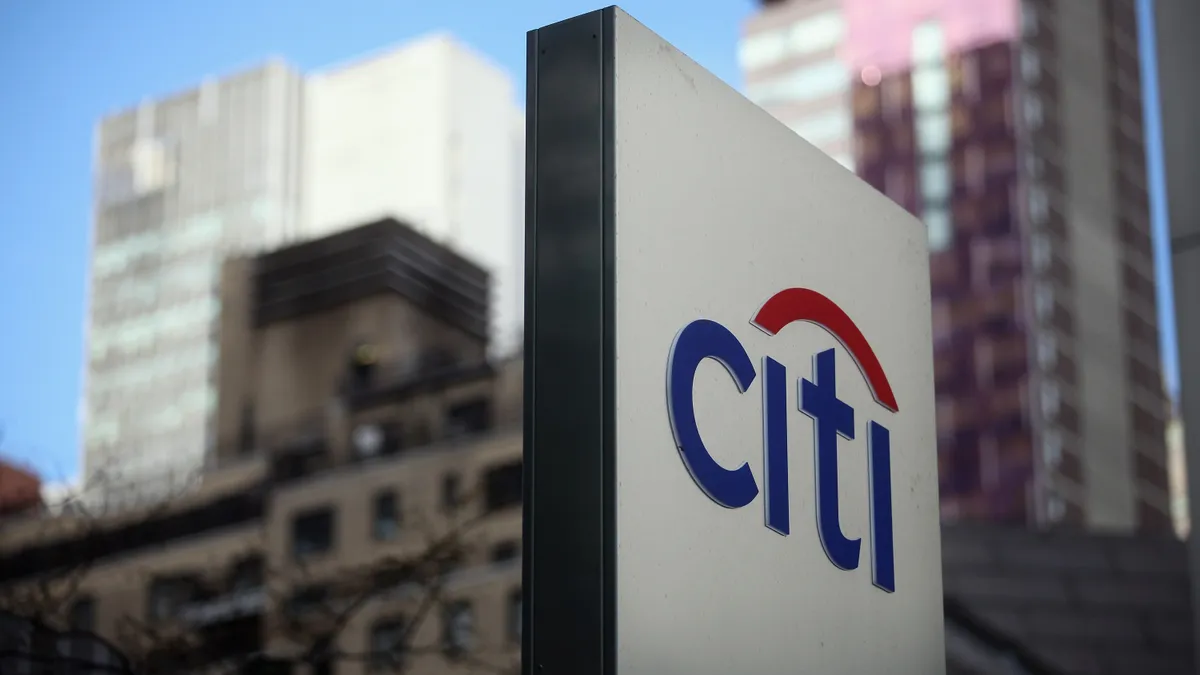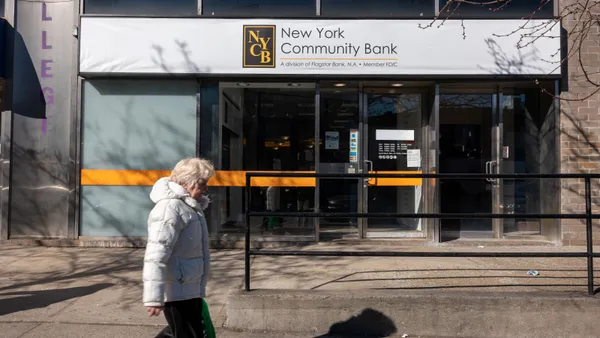Citi had fired several warning shots.
At its investor day in March, the bank said it expected to boost expenses by 10% to 12% over its first-quarter level because of hiring in wealth management and other areas.
It said in April 2021 that it would hire 2,300 new staffers in Asia by 2025 — private bankers, relationship managers, technical and operational employees focused in Hong Kong and Singapore — as part of a push to grab a greater share of wealth-management business on that continent.
And it said, around the same time, that as it exited retail banking in 13 Eastern Hemisphere markets, it would pour some of the $7 billion it expected to recoup in tangible common equity back into its wealth management and institutional banking strategy.
So Citi’s twin announcements Monday and Tuesday — that it planned to hire more than 4,000 tech employees to move its institutional clients online, and that it would bring on 3,000 more hires in Asia (on top of the 2,300 announced last year) — should come as no surprise.
"We're talking about real meat on the bones on growing our business across Asia," Peter Babej, Citi’s CEO for the Asia-Pacific region told Reuters on Tuesday.
The 3,000 Asia-based hires will work in investment, corporate and commercial banking, in roles involving trading, securities services and trade finance, Citi spokesperson James Griffiths told Bloomberg. Most will serve operations based in Hong Kong and Singapore — two of the four wealth hubs Citi designated last year alongside its retail-exit push.
But some new staffers will serve institutional business in India, South Korea, China and Australia, Griffiths said. Each of those markets is among the 13 Citi is exiting. Of the four, only China remains unclaimed.
“Despite exiting retail banking outside Hong Kong and Singapore, this region remains front and center of Citi’s global strategy,” Griffiths told Bloomberg.
Citi is betting that even as global growth slows, “relative growth [in Asia] is still higher than most other places in the world," Babej said. "And that growth, which translates into portfolio wealth, is one that we're incredibly excited about.”
The bank has hired 5,500 junior employees for its Asia businesses in the past two years, it said in January. Citi counts roughly $200 billion in wealth assets in Asia, and is "on track" to grow client assets by $150 billion through 2025, a spokesperson told Reuters.
The 4,000-hire tech push Citi revealed Monday, meanwhile, may have been one of the puzzle pieces CFO Mark Mason was referencing in March, when he said, “We need to make up for the past underinvestment in our businesses.”
The timing, too, may be ripe for Citi, as bankers — coming off a two-year-and-counting COVID pandemic — look to level up in their careers and take advantage of higher salaries the industry is offering to attract or retain talent.
Citi, in particular, could lean in to its reputation as a thought leader on flex work to reel in job-hoppers — especially in tech, where location may be seen to matter less than the function of the job.
“We’ve always seen the tech market to be competitive but particularly at the moment, coming out of the pandemic, we’ve seen a digital explosion across industries,” Jonathan Lofthouse, Citi’s head of markets and enterprise risk technology, told Bloomberg.
More than 1,000 of Citi’s expected new hires will join the markets technology team, Lofthouse said.
Adaptation to digital-first thinking may apply not just to Citi in hiring but also to its institutional clients.
“We’re trying to digitalize as much of our client experience as possible, front and back, and modernize our technology,” Lofthouse said. “Those firms that can digitalize fastest are going to create competitive advantage.”
The next key for Citi may be continuing to convince its investors that the long-haul strategy will be worth the wait.
“Everybody listening today knows this isn’t a quick fix,” CEO Jane Fraser said at the bank’s March investor day. “This is a multiyear journey.”














